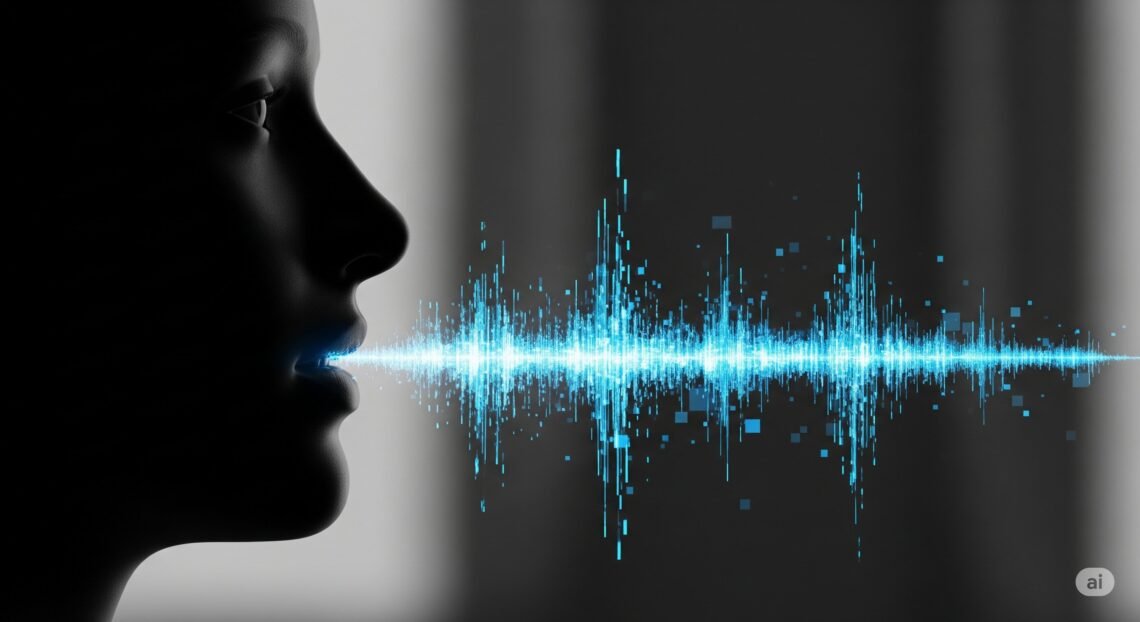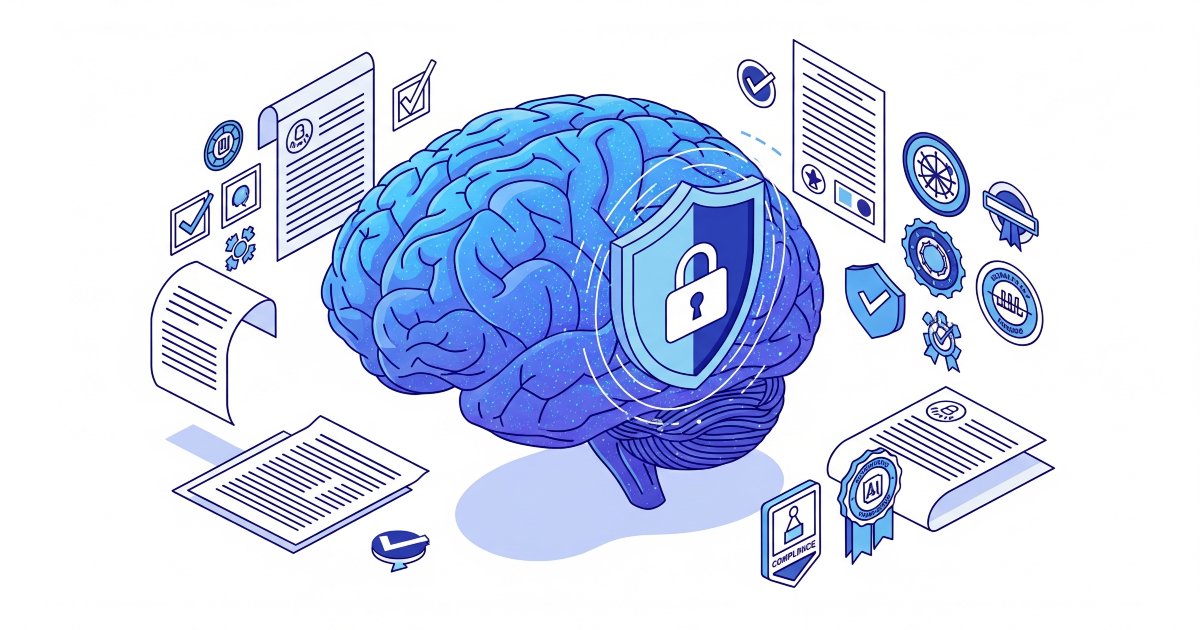The recent unveiling of OpenAI’s GPT-4o model was, by all accounts, a watershed moment for artificial intelligence. Its ability to perceive, reason, and converse in real-time with human-like latency and emotional intonation was breathtaking. Yet, within days, the celebratory atmosphere soured, replaced by a firestorm of controversy. One of the new AI voices, codenamed “Sky,” bore what many considered an uncanny resemblance to actress Scarlett Johansson, sparking a tense public standoff and thrusting AI ethics into the spotlight once again. This incident has become more than a public relations challenge for OpenAI; it is a critical case study in consent, identity, and the profound responsibilities of creating human-like AI systems.
The Voice, The Movie, and The Standoff
The controversy ignited almost immediately after the May 13th live demo of GPT-4o. Listeners quickly drew parallels between Sky’s warm, slightly husky, and flirtatious tone and Scarlett Johansson’s portrayal of the AI assistant Samantha in the 2013 film “Her.” The connection was amplified when OpenAI CEO Sam Altman posted a single word on X (formerly Twitter): “her.”
The situation escalated when Scarlett Johansson released a powerful public statement. She revealed that OpenAI had approached her twice-once in September 2023 and again just two days before the demo-to license her voice, and she had declined on both occasions. “When I heard the released demo, I was shocked, angered and in disbelief that Mr. Altman would pursue a voice that sounded so eerily similar to mine,” Johansson stated, confirming she had hired legal counsel to investigate the matter.
In response, OpenAI moved to “pause” the use of the Sky voice. The company insisted the voice was not an imitation of Johansson. In a blog post, OpenAI explained its selection process, stating, “Sky’s voice is not an imitation of Scarlett Johansson but belongs to a different professional actress using her own natural speaking voice.” They clarified that they had worked with professional voice actors on five distinct personas, but for privacy reasons, would not disclose their names. Despite these claims, the undeniable similarity and the context created by Altman left the AI community and the public with pressing ethical questions.
Broader Implications for a Synthesized World
This incident goes far beyond a single voice model. It strikes at the heart of several emerging ethical and legal crises in the age of generative AI.
- The Right of Publicity: This legal principle protects an individual’s right to control the commercial use of their name, image, and likeness. The Johansson-OpenAI dispute tests the boundaries of this right. How “similar” is too similar? Can a voice be considered part of a person’s protected likeness, especially when it’s a key part of their professional identity?
- Deception and Fraud: The ability to create convincing synthetic voices poses a significant security threat. Malicious actors can use this technology for sophisticated phishing scams, to impersonate executives for financial fraud, or to create deepfake audio for political disinformation. The threat is not theoretical; a 2023 report from McAfee revealed that nearly one in four adults have experienced an AI voice cloning scam.
- Erosion of Digital Trust: When we can no longer reliably distinguish between authentic human communication and a synthetic replica, the foundation of digital trust begins to crumble. The Sky controversy highlights the danger of designing AI personas that are not just helpful but intentionally emotionally engaging or even seductive, blurring the lines between tool and companion in potentially manipulative ways.
Actionable Insights and The Path Forward
For the AI industry to move forward responsibly, it must learn from this crisis. This requires a fundamental shift from a reactive to a proactive ethical framework.
For AI Developers and Companies:
- Prioritize Radical Transparency: Go beyond vague statements. Detail the entire process of voice creation, from casting and direction to compensation and the contractual rights afforded to voice actors. Consent must be explicit, informed, and continuous.
- Design for Clarity, Not Deception: Be unambiguous that users are interacting with an AI. Avoid creating personas that deliberately mimic specific, well-known individuals, especially without their enthusiastic partnership.
- Implement Technical Safeguards: Invest in and adopt technologies that help distinguish synthetic media from real media. This includes exploring standards like the Coalition for Content Provenance and Authenticity (C2PA), which provides a framework for digital content watermarking and source verification.
For Users and the Public:
- Cultivate Critical Digital Literacy: Approach online audio and video content with a healthy dose of skepticism. Educate yourself and others on the capabilities of current AI to better spot potential fakes.
- Advocate for Modernized Laws: Support legislative efforts, such as the proposed federal NO FAKES Act, that aim to protect every individual’s voice and likeness from unauthorized digital replication.
A Defining Moment for AI
The OpenAI voice controversy is a pivotal moment. It serves as a stark reminder that the “move fast and break things” ethos is incompatible with the development of powerful, human-centric AI. Building trust is not a feature to be added later; it is the bedrock upon which the future of this technology must be built. The global conversation sparked by “Sky” is a necessary one, pushing the industry to confront the ethical gravity of its creations and to choose a path of responsible, transparent, and respectful innovation.





